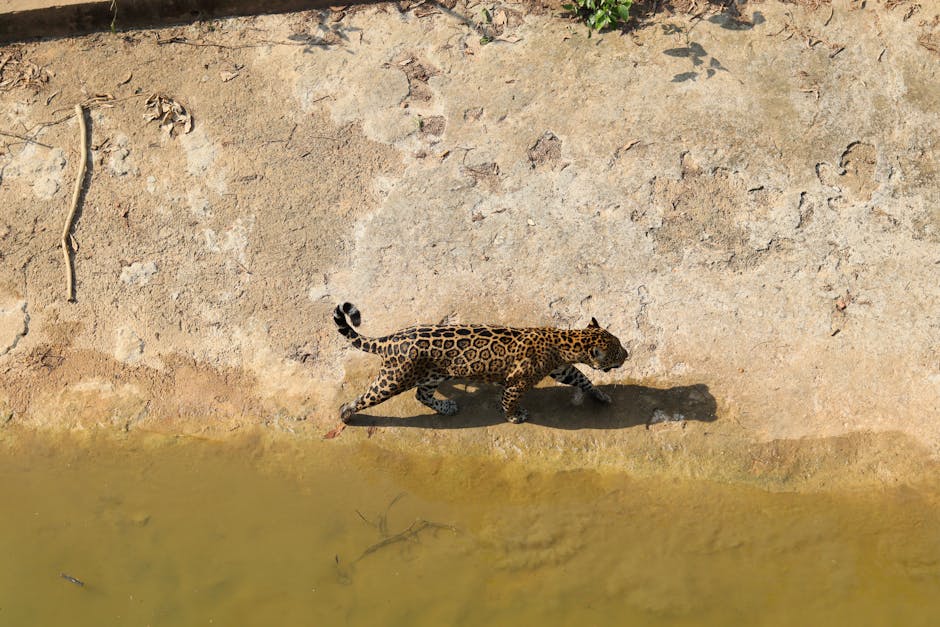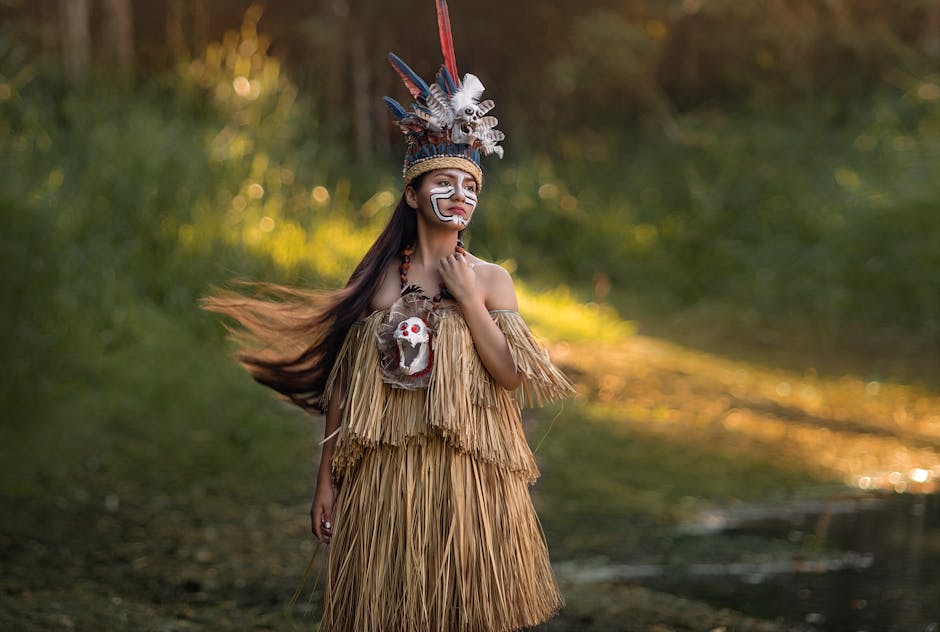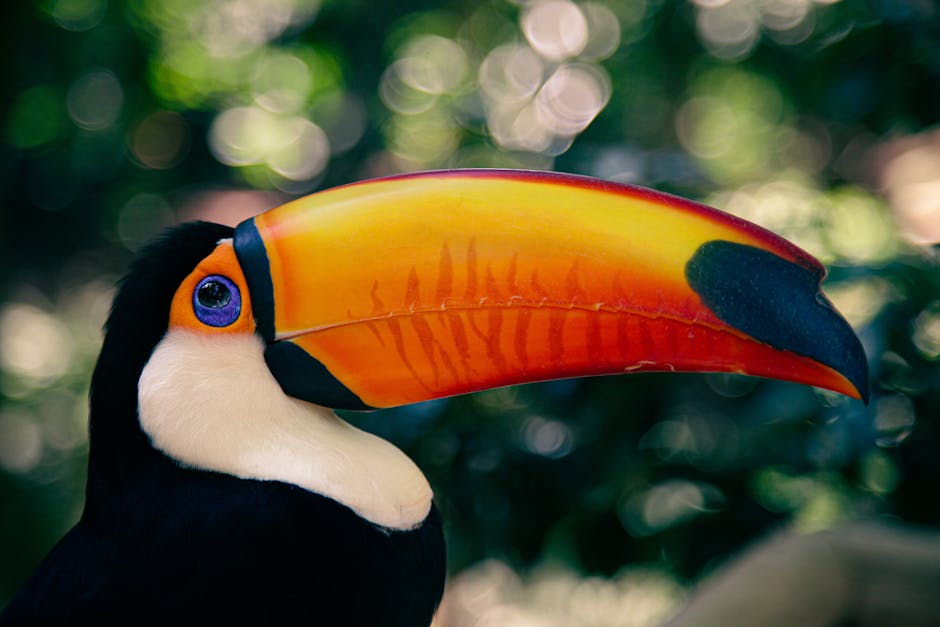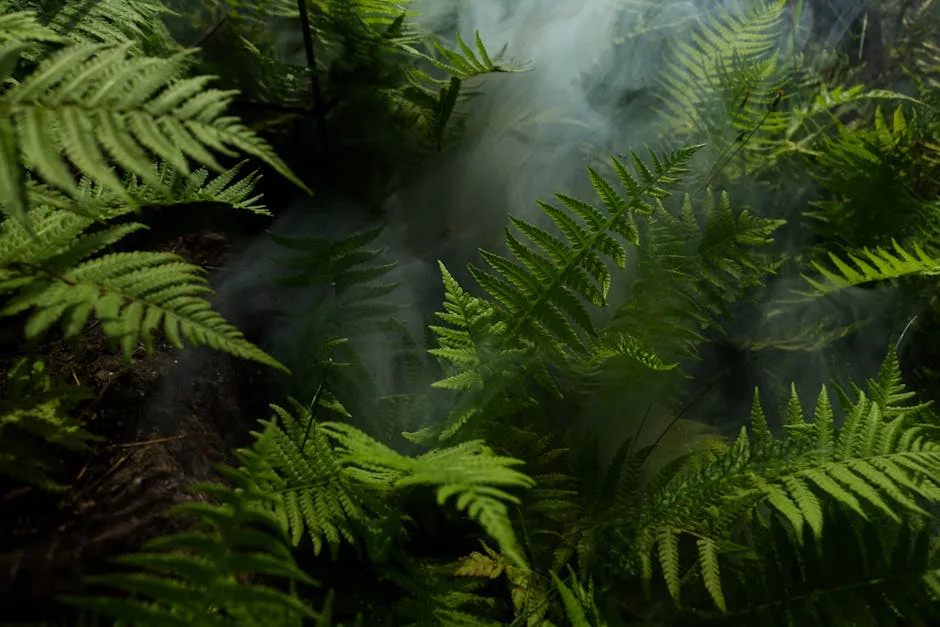Whispers of the Wild: Answering the Call of the Amazon
Close your eyes for a moment. Can you hear it? A low hum of a billion insects, punctuated by the bizarre, guttural call of a howler monkey. Can you feel it? The warm, humid air, thick with the scent of damp earth and blooming orchids. This is the Amazon Rainforest, a world that breathes, a living entity that covers a staggering 40% of South America. It’s not just a place on a map; it’s an experience that rewires your senses and connects you to the very pulse of the planet.
Thinking about an Amazon adventure can feel overwhelming. Where do you even begin in a forest so vast it spans nine countries? Forget the generic, fly-by-night tours. We’re diving deep into the heart of a truly transformative journey—one that’s built on sustainability, cultural respect, and unforgettable wildlife encounters. This is your guide to experiencing the Amazon the right way, through immersive eco-lodges and authentic indigenous-led tours.
More Than a Vacation: Why Choose a Sustainable Amazon Adventure?
Let’s be real: traveling to the Amazon comes with a responsibility. This incredible biome faces constant threats, from deforestation to climate change. As a traveler, you hold the power to be part of the solution. Choosing an eco-conscious trip isn’t about sacrificing comfort; it’s about enhancing your experience while making a positive impact.
sustainable tourism in the Amazon means:
- Supporting Local Economies: Your money goes directly to local communities and conservation projects, not massive corporations overseas.
- Minimizing Your Footprint: Eco-lodges are designed to blend with their environment, often using solar power, rainwater harvesting, and responsible waste management.
- Fostering Authentic Connections: You’ll be guided by people who were born and raised in the forest. Their knowledge is ancestral, their stories are genuine, and their passion for protecting their home is contagious.
- Promoting Conservation: By showing that a living rainforest is a valuable economic asset, ecotourism provides a powerful alternative to destructive industries like logging and mining.
An eco-adventure is the difference between looking at the Amazon through a window and stepping right into the vibrant, living painting.
The Heart of Your Stay: Immersive Amazon Eco-Lodges
Forget sterile hotel rooms. Your home base in the Amazon should be as much a part of the adventure as the jungle itself. This is where eco-lodges shine. Tucked away deep in the primary rainforest, accessible only by boat, these lodges are your gateway to a world untouched by the frantic pace of modern life.
What to Expect from a True Eco-Lodge
Imagine waking up in a comfortable, rustic cabin made from sustainably harvested local wood. Instead of an alarm clock, your wake-up call is a symphony of tropical birds. The “windows” might be simple screens, allowing the sounds and smells of the jungle to flow through while keeping the critters out. There’s probably no Wi-Fi, and that’s a feature, not a bug! It’s an invitation to disconnect from your devices and reconnect with the world around you.
Most lodges operate on a full-board basis, with delicious meals crafted from local ingredients. Days are structured around guided excursions. A typical day might include a morning canoe trip through a blackwater creek, a midday jungle hike to learn about medicinal plants, and a thrilling night walk to spot nocturnal creatures. Your guides are often local naturalists who can spot a three-toed sloth hiding in plain sight from a hundred feet away.

Connecting with Culture: The Power of Indigenous-Led Tours
The Amazon is not an empty wilderness; it’s a home. It has been inhabited by hundreds of distinct Indigenous peoples for millennia. A truly meaningful Amazon experience involves learning from these original guardians of the forest. Opting for indigenous-led tours is one of the most powerful ways to do this respectfully and ethically.
An Exchange, Not an Exhibition
This isn’t about passively watching a staged performance. It’s about genuine human connection. On an indigenous-led tour, you’ll walk alongside guides whose ancestors have navigated these same forest paths for centuries. They won’t just point out a plant; they’ll tell you its name in their native language, explain how it’s used to treat ailments or build a home, and share the folklore connected to it.
You might have the opportunity to:
- Visit a local community (always with their permission and on their terms).
- Learn how to use a blowgun or weave a basket from palm fibers.
- Share a meal made from food harvested from the forest and their gardens.
- Listen to stories and legends that have been passed down through generations.
These experiences are humbling and eye-opening. They reframe the rainforest from a simple collection of flora and fauna into a rich, cultural landscape. By choosing these tours, you are directly empowering communities to preserve their traditions and protect their ancestral lands.

A Symphony of Wildlife: What You Might See (and Hear!)
Let’s set some realistic expectations. The Amazon isn’t a zoo. The vegetation is incredibly dense, and many animals are masters of camouflage. Spotting wildlife takes patience, a keen eye (or a great guide!), and a little bit of luck. You are far more likely to hear the jungle than see all its inhabitants.
That said, the rewards are breathtaking! Keep your binoculars ready for some of these incredible creatures:
Life in the Trees
- Monkeys: You’re very likely to see and hear several species, including playful squirrel monkeys, curious capuchins, noisy howler monkeys, and maybe even the acrobatic spider monkey.
- Sloths: Both two-toed and three-toed sloths call the Amazon home. Spotting their slow-moving forms high in the canopy is a classic Amazon thrill.
- Birds: The birdwatching is simply phenomenal. Look for brilliant scarlet macaws, massive toucans with their iconic bills, flashy tanagers, and the prehistoric-looking hoatzin.
Along the Waterways and Forest Floor
- Caimans: Nighttime river excursions often reveal the glowing red eyes of black caimans lurking near the water’s edge.
- Capybaras & Tapirs: The world’s largest rodent, the capybara, is often seen lounging on riverbanks. The more elusive tapir is a rarer, but incredible, sight.
- Pink River Dolphins: In certain river systems, you can spot these mystical freshwater dolphins, known locally as “boto.”
- Frogs, Snakes, and Insects: The smaller creatures are just as fascinating! Look for colorful poison dart frogs, camouflaged vine snakes, and enormous blue morpho butterflies.

Jungle-Proof Your Pack: Essential Gear for Your Adventure
Packing correctly can make a world of difference to your comfort and enjoyment. The key is to think lightweight, breathable, and quick-drying.
Your Must-Have Packing List:
- Clothing: Lightweight long-sleeved shirts and long pants are non-negotiable. They protect you from both the sun and biting insects. Choose neutral colors like khaki or green.
- Footwear: A pair of broken-in, waterproof hiking boots is essential. Most lodges will also provide rubber boots for muddy treks.
- Rain Gear: It’s a rainforest for a reason! A lightweight, breathable rain jacket or poncho is a must.
- Insect Repellent: Bring a strong repellent containing DEET or Picaridin.
- Sun Protection: A wide-brimmed hat, sunglasses, and high-SPF sunscreen.
- Optics: Binoculars are absolutely critical for wildlife viewing. You’ll miss so much without them!
- Tech: A headlamp or flashlight for night walks, a portable power bank (electricity can be limited), and extra camera batteries.
Preparing for Your Journey into the Green
A little preparation goes a long way. Before you book your flights, consult a travel doctor about necessary vaccinations (like Yellow Fever) and preventative medications. It’s always better to be safe and informed.
The best time to visit often depends on the season—the high-water season (great for boat travel) versus the low-water season (better for hiking). Research the specific region you plan to visit, as conditions can vary. Finally, book your eco-lodge and tours well in advance, especially during peak travel times. The best small-scale, responsible operators fill up quickly.
An adventure in the Amazon Rainforest is more than a checklist of animals seen or photos taken. It’s a chance to feel small in the face of nature’s grandeur, to learn from ancient cultures, and to return home with a deeper understanding of our planet’s most vital ecosystem. So, are you ready to answer the call of the wild?





